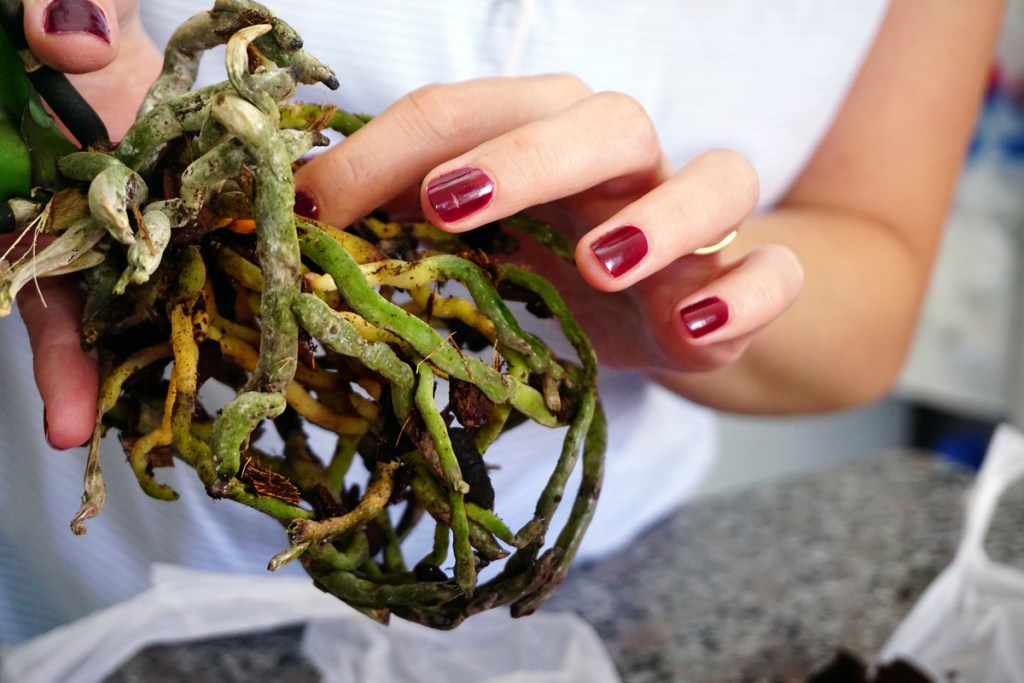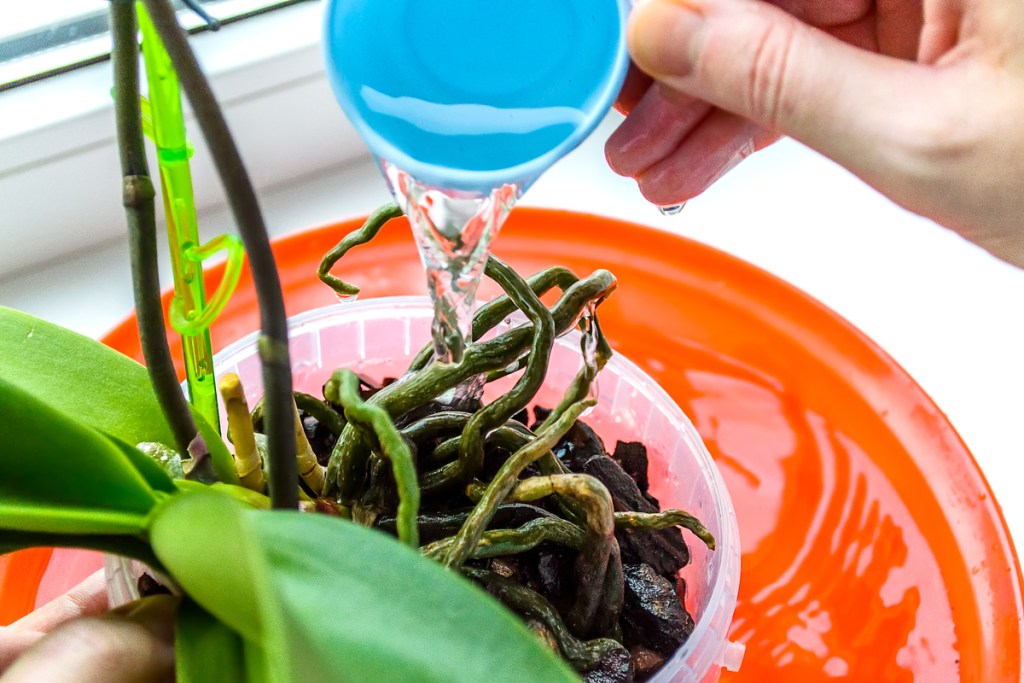Orchids and hydroponics are both words that sound… intimidating. Orchids have a reputation for being fussy and difficult to grow, while hydroponics sounds complicated and technical. The secret is that neither is actually too difficult, and when you combine orchids with hydroponics, wonderful things can happen. Some gardeners even have an easier time growing orchids in water than in soil! Here's everything you need to know to see for yourself.

Can you grow orchids in water?
Orchids do quite well in water, as long as they’re given the proper care. It may even be easier to grow orchids in water for some, as you don’t have to worry about soil maintenance and watering. Here's what to do to set your orchid up for success.
Step 1: Choose the right container.
You want a large enough bowl or vase to hold all your orchid's roots and give them a little extra room to spread and grow. Your vase also needs to be tall enough to support the stem of your orchid, so that it doesn’t topple out.
Step 2: Make sure your orchid’s roots are clean and healthy before you put it into the bowl.
If you’re moving your orchid from soil to water, remove all the soil from the roots. Check your orchid’s roots for damage, rot, or disease, and cut away any unhealthy parts of the root. If your orchid is root bound or has tangled roots, gently pull them apart so they can spread out in the water.
Step 3: Use room temperature distilled water.
Tap water may be fine to use, but it depends on the hardness of your water. Some cities use chemicals to treat the water, which is fine for us but not very good for plants. Distilled water is best, and rainwater can also be used, provided you don’t live somewhere with acid rain.
Step 4: Add enough water to cover the orchid's roots, but avoid getting the leaves wet.
Wet leaves rot, which can weaken the plant, cause the water to become grimy, and generally looks unattractive. Keep the water level below the lowest leaves, add water slowly, and avoid pouring water over the leaves when you add water to the bowl.
Step 5: Decorate your container!
As long as the decorations are water-safe and properly sealed, you can decorate your bowl however you please. Fish-tank decorations are generally safe, as are fish-tank rocks. Don’t add rocks from your garden, as some rocks slowly dissolve in water, adding minerals to your water that may harm your plant. Be aware that you may need to clean any decorations you add, to avoid algae buildup.

How long do you keep orchids in water?
There are two methods for growing orchids in water. One method is to leave your orchids in the water and change the water out every week or two. The second method is to leave the orchid in the water for two days and then let it dry out for five.
There’s no evidence to suggest that one method is significantly better than the other, so it really comes down to which one works with your schedule. Try both methods and see which one you like more!

Can orchids grow without soil?
Orchids can and do grow without soil. They need a small amount of soil to germinate in, but as they mature they need less and less soil. In their native habitat, orchids are air plants. This means they root in very little soil, often on tree limbs, and get most of what they need from the air. This is why orchids love humidity so much — it’s how they naturally want to absorb water!
Not all orchids love air the same amount, though. Varieties that are far removed from their wild ancestors and have been cultivated to grow in soil may have a more difficult time adjusting to a soilless existence. Don’t give up, though! Any orchid can be grown in water with just a little patience.
You’re ready to wow your friends and family with an impressive-looking but easy to maintain setup! Keep an eye out for root rot, make sure your water is fresh, and add a touch of decorative flair. It’ll spice up your house and keep your plant happy!
Editors' Recommendations
- Everything you need to know about choosing the best rocks for landscaping
- 6 tips you should keep in mind when building your own drought-tolerant garden
- Could electrogardening be the way of the future?
- No space? No problem! Here’s how to create an indoor herb garden in a small space
- A complete guide to caring for your Christmas fern, an attractive ground cover



